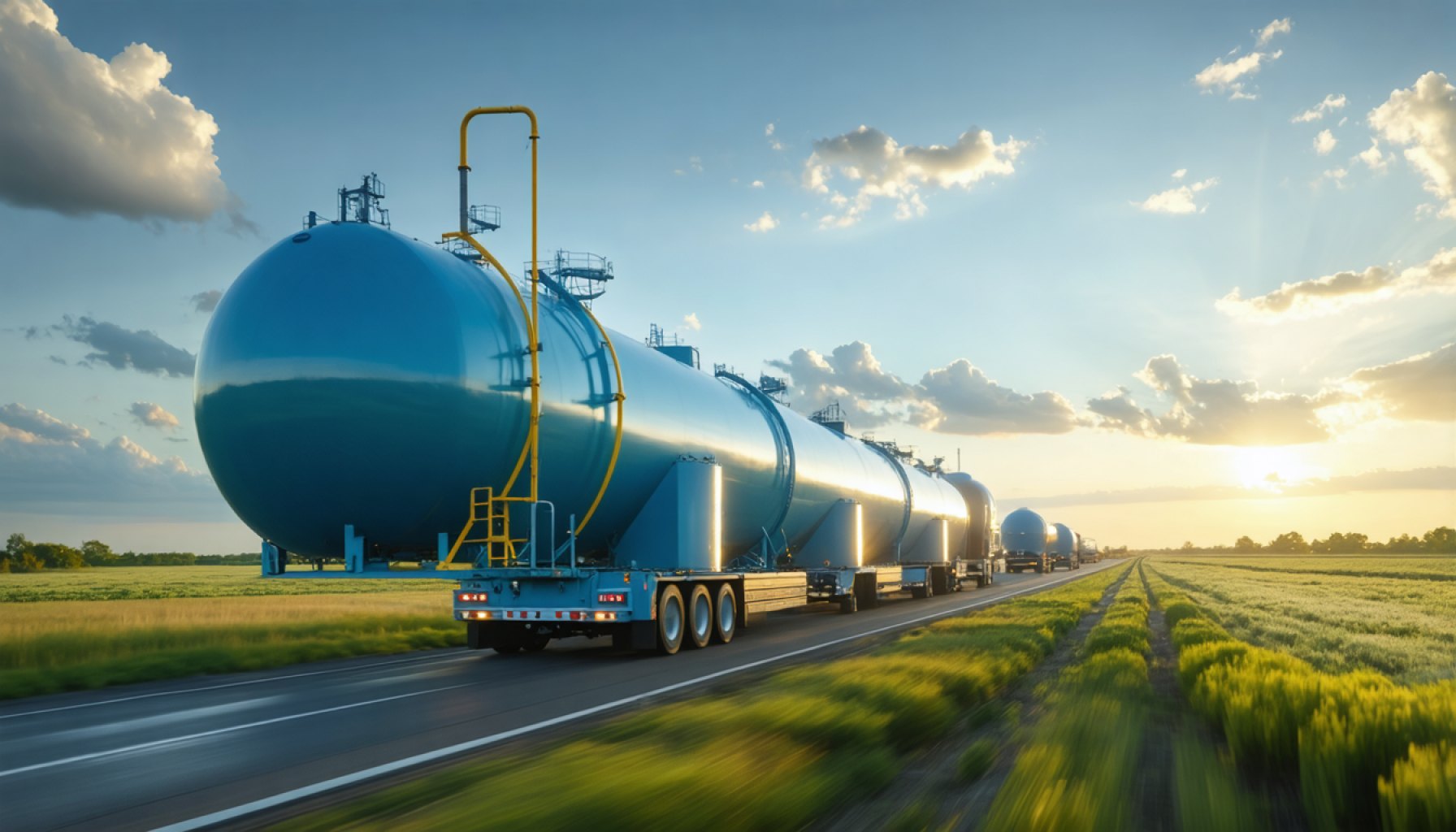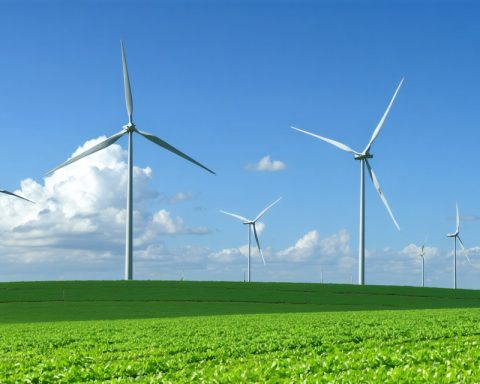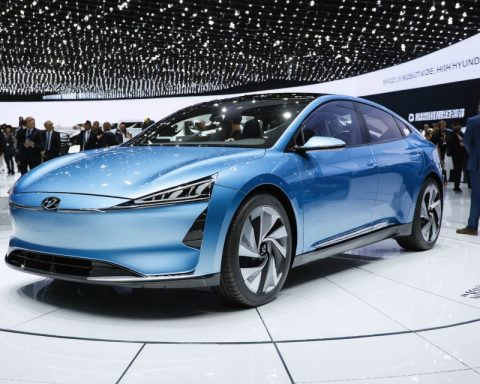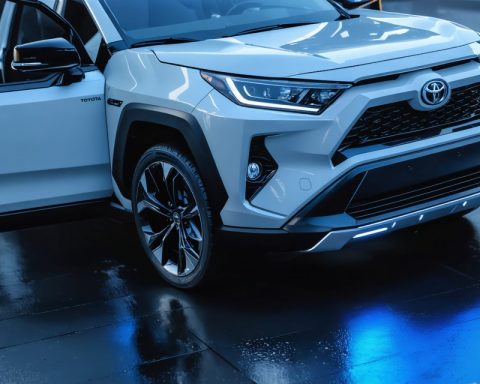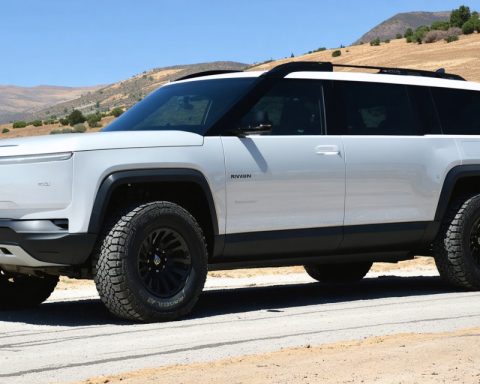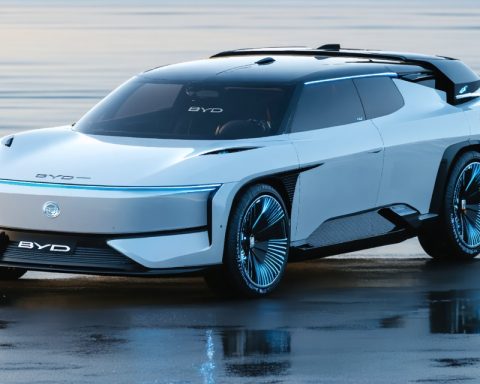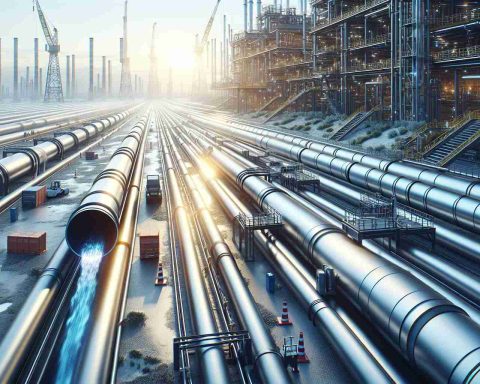- SARTA is initiating a $15 million hydrogen infrastructure project to transform public transit in Ohio, aiming to reduce emissions and enhance energy resilience.
- The initiative is anchored in the 2021 bipartisan infrastructure law, primarily utilizing federal funding amid political and budgetary challenges.
- The project partners with the U.S. Department of Energy’s Office of Clean Energy Demonstrations, aiming to double hydrogen supply by 2028.
- SARTA has been operating fuel-cell buses since 2014, with a commitment to cleaner energy and reducing reliance on traditional fuels.
- Debate continues over fuel cell versus electric and biodiesel technologies, though SARTA views green hydrogen as a progressive solution.
- The initiative emphasizes the long-term vision of a sustainable future through innovative energy solutions, projecting significant changes by the end of the decade.
A new chapter in clean energy unfolds as the Stark Area Regional Transit Authority (SARTA) plans to transform its hydrogen infrastructure, with a $15 million project that could reshape the future of public transit in Ohio. While questions loom over funding commitments amid political shifts, enthusiasm remains undampened.
Fundamentally anchored in the 2021 bipartisan infrastructure law, the project expects to harness primarily federal funding, yet Conrad and his team march forward with optimism even amidst budgetary uncertainties. This venture, supported by a significant contract with the U.S. Department of Energy’s Office of Clean Energy Demonstrations, holds the promise of cutting emissions, slashing costs, and bolstering supply resiliency.
Picture this: a fleet of silvery buses, smooth and whisper-quiet, powered by the simplest and most abundant element in the universe—hydrogen. Since 2014, SARTA’s journey into the realm of fuel-cell buses underscores a commitment to cleaner streets and energy independence, a resolve resonating with many urban centers like Philadelphia and Montgomery County. Yet, as idealistic as it sounds, the debate between green hydrogen and the allure of electric and biodiesel alternatives is far from settled.
While critics like Sean O’Leary question the feasibility of fuel cells over electric options, Conrad sees the shift towards green hydrogen as a natural evolution. This burgeoning technology is not just a stopgap but the dawn of a new era, promising even to double SARTA’s hydrogen supply by the end of the decade.
The key message: The promise of green hydrogen symbolizes not just technological progress but a steadfast commitment to a cleaner, more sustainable future, reminding us that innovation often demands patience. All eyes are on 2028, when the transformation could propel American transit into an eco-friendly frontier.
How Hydrogen-Powered Public Transit Could Revolutionize Ohio’s Future
How-To Steps & Life Hacks for Implementing Hydrogen Infrastructure
To revolutionize public transit with hydrogen fuel, here are some practical steps:
1. Feasibility Study and Planning: Conduct a comprehensive analysis to understand local transit needs, environmental goals, and potential challenges. Engage stakeholders early to build support.
2. Secure Funding: Leverage federal grants from initiatives such as the Bipartisan Infrastructure Law while also exploring private partnerships to mitigate budget uncertainties.
3. Infrastructure Development: Invest in hydrogen production facilities and refueling stations. Consider using local resources for hydrogen production to minimize costs and maximize supply resiliency.
4. Fleet Conversion or Acquisition: Gradually introduce hydrogen fuel-cell buses by retrofitting existing fleets or procuring new vehicles. Allocate budgets for training drivers and maintenance staff on hydrogen technology.
5. Community Engagement: Launch campaigns to educate the public on the benefits of green hydrogen to garner community support. Highlight environmental improvements and operational efficiency.
6. Performance Monitoring: Establish metrics to evaluate the impact on emissions, costs, and operational efficiency. Use this data to make iterative improvements.
Real-World Use Cases
– California’s Hydrogen Highway: California has been at the forefront, developing extensive hydrogen refueling networks to support both public and private hydrogen vehicles.
– Germany’s Hydrogen Trains: Germany has successfully launched hydrogen-powered trains to replace diesel trains, achieving significant reductions in emissions.
Market Forecasts & Industry Trends
The hydrogen economy is projected to reach $2.5 trillion by 2050 (source: McKinsey & Company). The trends point towards significant investments in hydrogen infrastructure, with countries like Japan and South Korea setting ambitious hydrogen adoption goals.
Reviews & Comparisons
Hydrogen vs. Electric vs. Biodiesel:
– Hydrogen: Offers fast refueling and long ranges but with high initial infrastructure costs.
– Electric: Ideal for urban settings with shorter ranges and established charging networks.
– Biodiesel: Provides a renewable alternative but may not offer the same emissions reductions as hydrogen.
Controversies & Limitations
Critics argue that green hydrogen, predominantly derived from water electrolysis powered by renewable energy, requires significant energy input. There’s also debate over resource allocation, especially when considering competing energy storage needs.
Features, Specs & Pricing
Hydrogen buses can cover roughly 300 miles on a single tank, much longer than most electric buses. The cost of hydrogen fuel cells has been decreasing, but still lag behind battery-electric systems in terms of upfront affordability.
Security & Sustainability
Hydrogen infrastructure requires rigorous safety standards, given hydrogen’s highly flammable nature. Enhanced materials and technology have made storage and transport safer. SARTA’s initiative prioritizes sustainability by cutting emissions and increasing fuel efficiency.
Insights & Predictions
By 2028, SARTA aims to double its hydrogen supply, establishing a scalable model for other cities. Industry experts predict hydrogen will complement rather than replace electric and hybrid solutions, finding its niche in long-range transportation.
Tutorials & Compatibility
Hydrogen buses mainly function similarly to diesel in operation but require specific maintenance expertise. Educational resources for staff and technicians are critical for smooth fleet integration.
Pros & Cons Overview
Pros:
– Long range and fast refueling
– Reduced emissions
– Potential for local production
Cons:
– High initial setup cost
– Market and technology still developing
– Safety considerations
Actionable Recommendations
– For stakeholders: Start with pilot programs to validate hydrogen technology’s efficacy before full-scale implementation.
– For communities: Engage in local forums and discussions to support and facilitate the transition to sustainable energy solutions.
For more information on sustainable energy initiatives, visit the official U.S. Department of Energy website.
